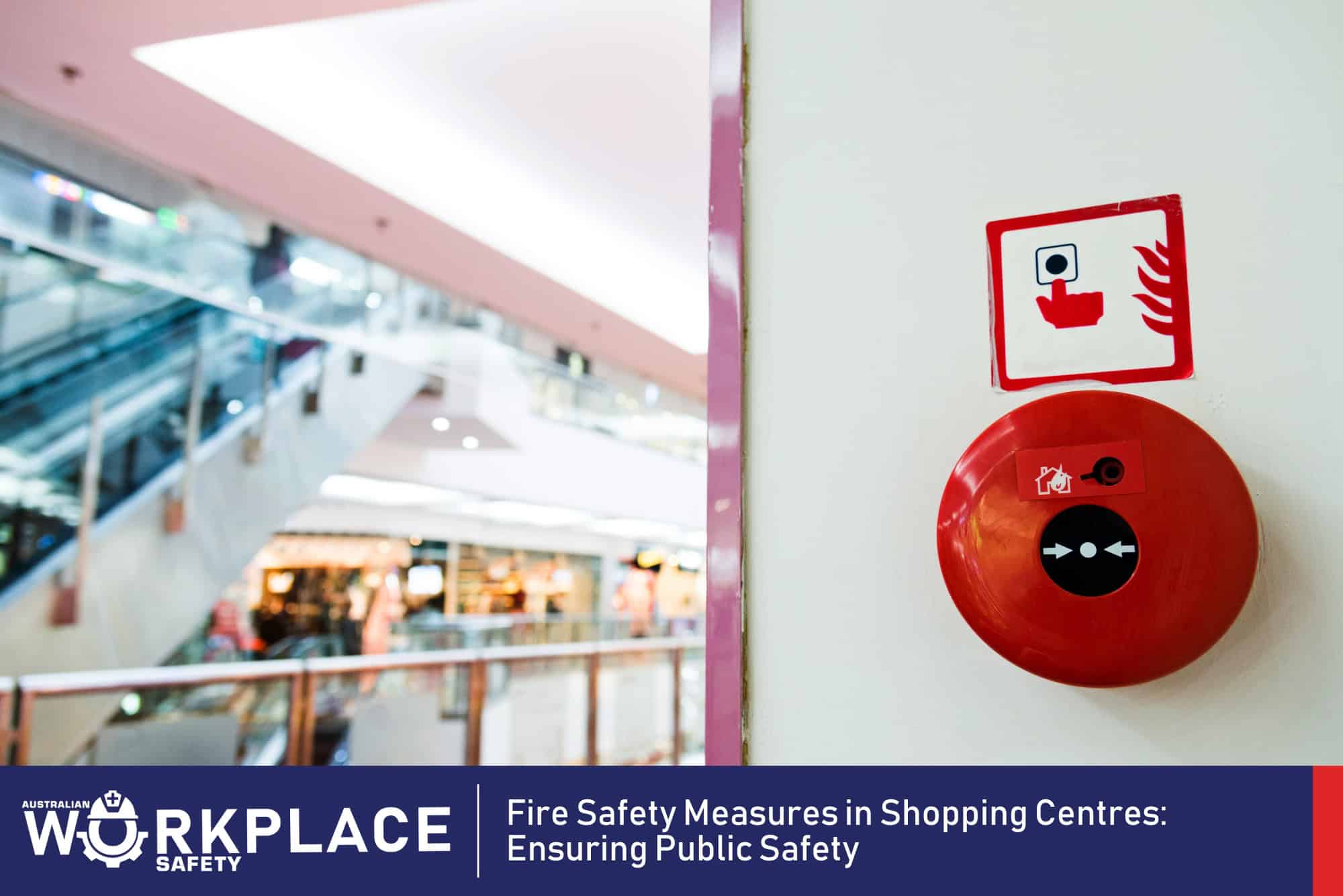
Dangerous goods are substances that are corrosive, flammable, combustible, explosive, oxidising or water-reactive or have other hazardous properties. Dangerous goods can cause explosions or fires, serious injury, death and large-scale damage.
The Dangerous Goods Act 1985 (DG Act) defines which substances are dangerous goods. Examples of common dangerous goods:
As an occupier, your first step is to identify all dangerous goods stored and handled at your premises. That includes any dangerous goods generated during a manufacturing process.
Manufacturers and suppliers must supply you with a safety data sheet (SDS) with dangerous goods. There must also be package markings and class or hazard class information. These will help you identify what’s in a product, precautions for use, and safe storage and handling requirements.
To determine if a product is a dangerous good, you can